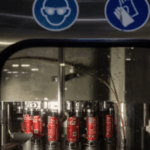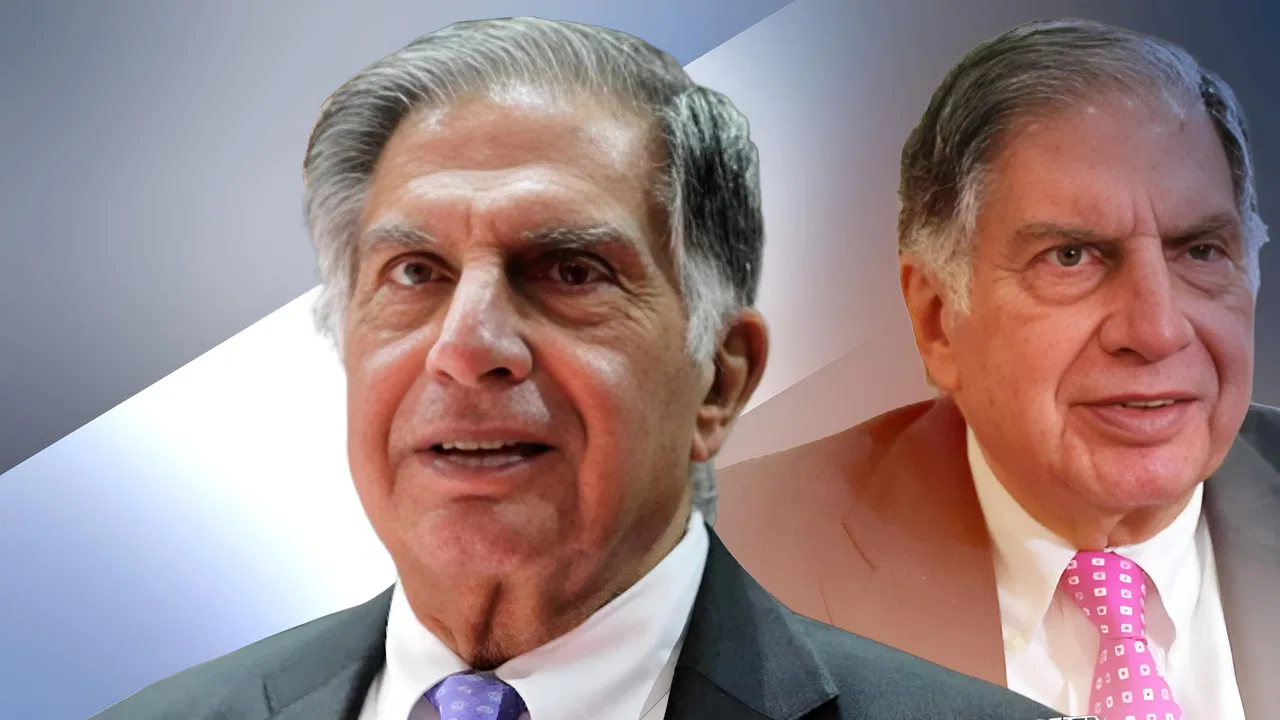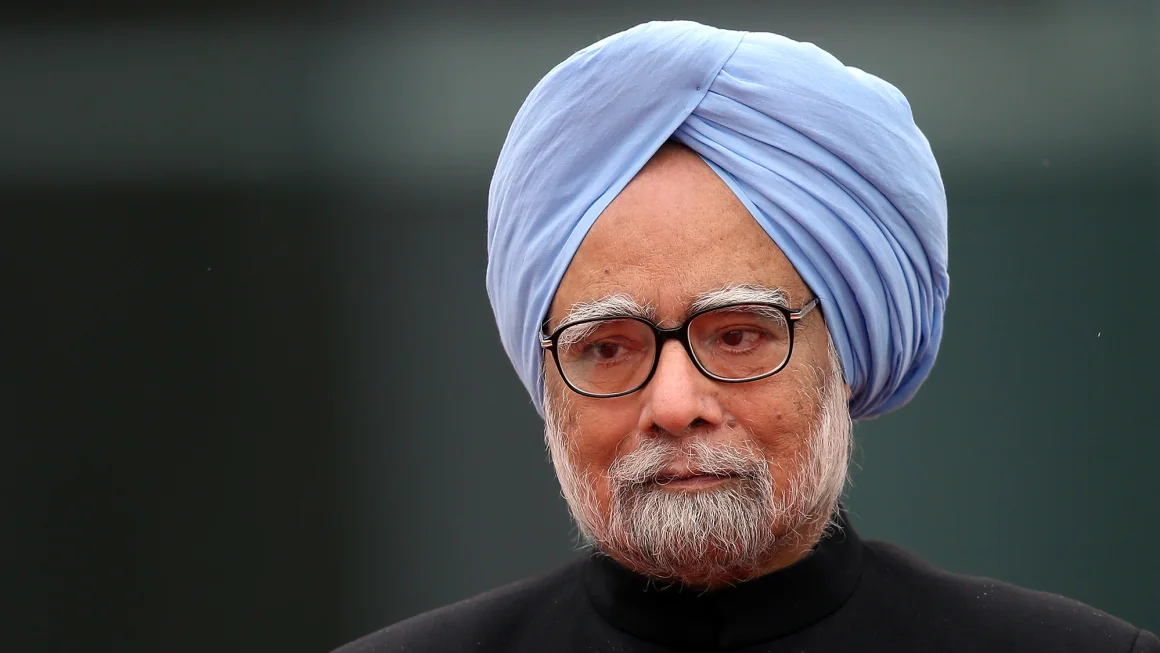Ratan Tata Dies: Paying a tribute to Ratan Tata, his company Tata Sons today shared a remembrance note recalling his growing up years and his journey through the decades.
Ratan Naval Tata, the business titan and global icon who led the Tata behemoth from thirty countries to over a hundred since becoming chairman in 1991, died today at Mumbai’s Breach Candy Hospital. He was 86 and was undergoing routine medical investigation due to his age.
Paying a tribute to Ratan Tata, his company Tata Sons today shared a remembrance note recalling his growing up years and his journey through the decades.
Ratan Tata, who became one of the most respected industrialists and philanthropists globally, was born to Naval and Soonoo Tata on December 28, 1937. He and his younger brother, Jimmy, were raised by their grandmother, Navajbai R Tata, in a baroque manor called Tata Palace in downtown Bombay (now Mumbai).
Navajbai, a formidable matriarch, instilled a strong set of values in her grandchildren. “She was very indulgent, but also quite strict in terms of discipline.” Mr Tata would recall in one his interviews where he opened up about his growing-up years. “We were very protected and we didn’t have many friends. I had to learn the piano and I played a lot of cricket,” he said.
RATAN TATA – SCHOOL AND COLLEGE YEARS
Mr Tata was schooled at Campion and then at Cathedral and John Connon – both in Mumbai. He then pursued his higher education at Cornell – an Ivy league university in the United States.
At Cornell he studied architecture and structural engineering, and his years in America from 1955 to 1962 influenced Mr Tata tremendously. It was, in multiple ways, the making of him. He travelled across America and was so charmed by California and the West Coast lifestyle that he was ready to settle down in Los Angeles, as per details shared by Tata Sons.
THE JOB AT IBM
When Navajbai’s health deteriorated. Mr Tata was forced to return to a life he thought he had left behind. “I was in Los Angeles and very happily so. And that was where I was when I left before I should have left,” Mr Tata had said in a 2011 interview with CNN.
Once back in India, Mr Tata had a job offer from IBM. JRD Tata wasn’t amused. “He called me one day and he said you can’t be here in India and working for IBM. I was in [the IBM office] and I remember he asked me for a resume, which I didn’t have. The office had electric typewriters so I sat one evening and typed out a resume on their typewriter and gave it to him.”
RELATIONS WITH HIS FATHER
Unlike his eldest son, Naval Tata was a gregarious and outgoing personality, equally at home in the company of kings and commoners. He became a director of Tata Sons, an eminent figure in the International Labour Organisation and a well-regarded sports administrator. Between father and son, though, the difference in temperament showed. “We were close and we were not,” Mr Tata would write in a special publication that celebrated the lives of Jamsetji Tata, JRD Tata and Naval Tata. “I left India when I was 15 for a decade. I would have to say that, as often happens between a father and a son, there was, perhaps, a divergence of views,” Tata sons shared in remembrance of Mr Tata.
“[My father] hated confrontations. He was very good at negotiating settlements… Frequently, that settlement would involve a compromise, and he was all for ‘give and take’. As a person, he gave in a great deal and sometimes, as younger and less mature people, we would fight with him for conceding ground in the quest for a solution, for peace or whatever,” he wrote, as per a remembrance tribute shared by Tata Sons.
THE ARCHITECT
As he has often said, architecture provided him with the equipment to be a perceptive business leader. Pity was that Mr Tata had only a handful of opportunities to use that equipment in the discipline proper, a house he designed for his mother, an abode in Alibaug and his own seafront home in Mumbai being the most prominent of these.
HIS PASSION AND HIS LOVE FOR PETS
Mr Tata had a bit more time for his other desires. Flying and fast cars, both of them, like so much else, born in the Cornell cauldron, were enduring passions. As was scuba diving till his ears could take the pressure no more.
A teetotaller and a nonsmoker, Mr Tata consciously chose to stay single. That seems so much like the man: a lonesome warrior wedded to the Tata cause. The company he kept in his book-lined abode in Mumbai were his German Shepherds, Tito and Tango, and his fondness for them was always boundless.
Too many of these pets of Mr Tata were snatched away by death and the loss took its toll, but he never gave up on the chance to bond with yet another loyal bounder. “My love for dogs as pets is ever strong and will continue for as long as I live,” he had once said.
“There is an indescribable sadness every time one of my pets passes away and I resolve I cannot go through another parting of that nature. And yet, two-three years down the road, my home becomes too empty and too quiet for me to live without them, so there is another dog that gets my affection and attention, just like the last one.”
A TIMELINE OF RATAN TATA’S LIFE AND TIMES
-
1937: Ratan Tata is born to Soonoo and Naval Tata.
-
1955: Leaves for Cornell University (Ithaca, New York, USA) at age 17; goes on to study architecture and engineering over a seven-year period.
-
1962: Awarded bachelor of architecture degree.
-
1962: Joins the Tata group as an assistant in Tata Industries; later in the year, spends six months training at the Jamshedpur plant of Tata Engineering and Locomotive Company (now called Tata Motors).
-
1963: Moves to Tata Iron and Steel Company, or Tisco (now called Tata Steel), at its Jamshedpur facility for a training programme.
-
1965: Is appointed technical officer in Tisco’s engineering division.
-
1969: Works as the Tata group’s resident representative in Australia.
-
1970: Returns to India, joins Tata Consultancy Services, then a software fledgling, for a short stint.
-
1971: Is named director-in-charge of National Radio and Electronics (better known as Nelco), an ailing electronics enterprise.
-
1974: Joins the board of Tata Sons as a director.
-
1975: Completes the Advanced Management Program at Harvard Business School.
-
1981: Is appointed Chairman of Tata Industries; begins the process of transforming it into a promoter of high-technology businesses.
-
1983: Drafts the Tata strategic plan.
-
1986-1989: Serves as Chairman of Air India, the national carrier.
-
March 25, 1991: Takes over from JRD Tata as Chairman of Tata Sons and Chairman of the Tata trusts.
-
1991: Begins restructuring of the Tata group at a time when the liberalisation of the Indian economy is underway.
-
2000 onwards: The growth and globalisation drive of the Tata group gathers pace under his stewardship and the new millennium sees a string of high-profile Tata acquisitions, among them Tetley, Corus, Jaguar Land Rover, Brunner Mond, General Chemical Industrial Products and Daewoo.
-
2008: Launches the Tata Nano, born of the trailblazing small car project he guided and commanded with zeal and determination.
-
2008: Is awarded the Padma Vibhushan, the country’s second-highest civilian honour, by the Government of India.
-
December 2012: Steps down as Chairman of Tata Sons after 50 years with the Tata group; is appointed Chairman Emeritus of Tata Sons.
-
October 9, 2024: Ratan Tata dies at the age of 86.









